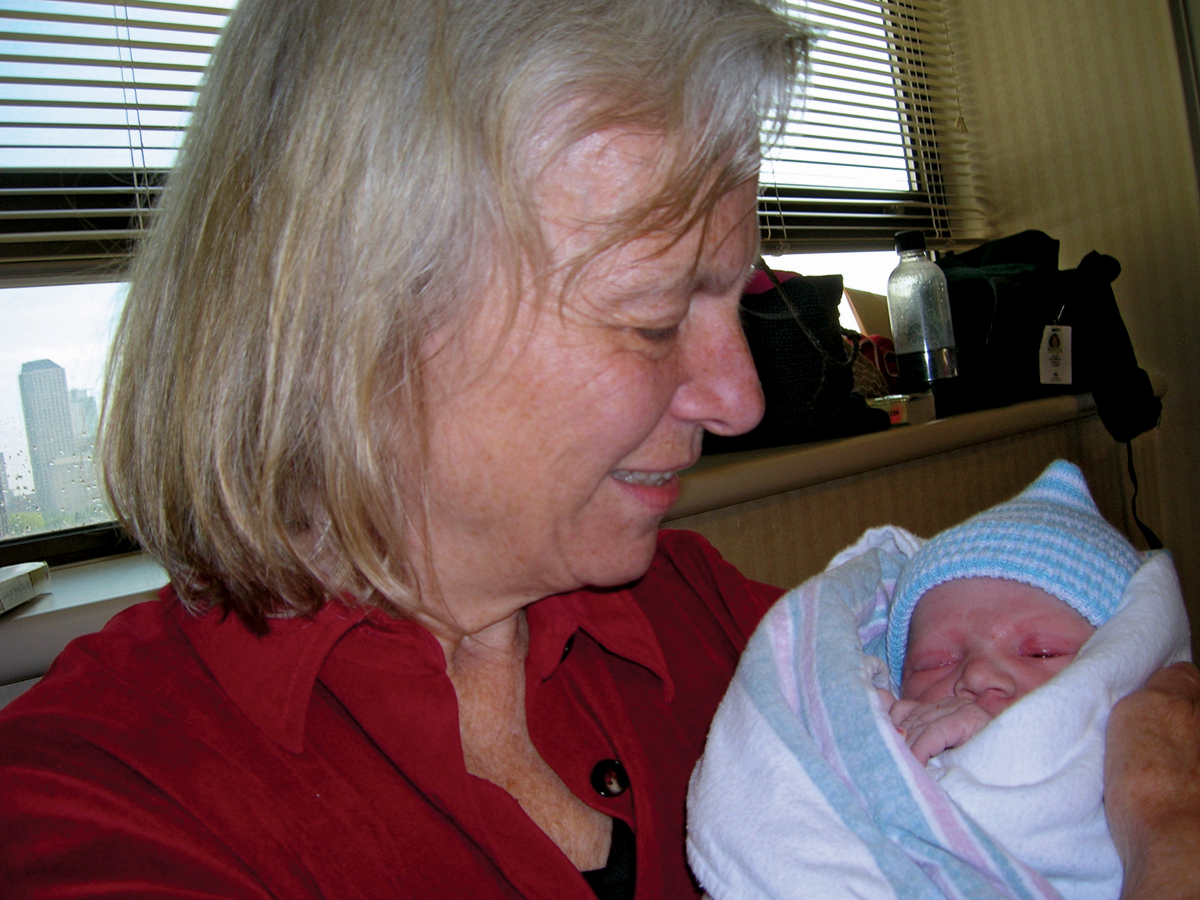2
| THE SCIENCE OF HUMAN |
| Development |

|

|
CHAPTER OUTLINE
Understanding How and Why
The Scientific Method
The Nature–
A VIEW FROM SCIENCE: Sudden Infant Death
The Life-
Development Is Multidirectional
Development Is Multicontextual
Development Is Multicultural
OPPOSING PERSPECTIVES: Using the Word “Race”
Development Is Multidisciplinary
Development Is Plastic
Theories of Human Development
Psychoanalytic Theory
Learning Theory
Cognitive Theory
Systems Theory
Humanism
Evolutionary Theory
Using the Scientific Method
Observation
The Experiment
The Survey
Studying Development over the Life Span
Cautions and Challenges from Science
Correlation and Causation
Quantity and Quality
Ethics
What Should We Study?
3
WHAT WILL YOU KNOW?
- What are the complexities of studying all kinds of people?
- Why are theories considered so important in science?
- What special methods do developmentalists use to study change over time?
- Why do scientific conclusions need to be interpreted with caution?
I am holding my daughter’s bent right leg in place with all my strength. A nurse holds her left leg while Bethany pulls on a sheet tied to a metal structure over her bed. The midwife commands, “Push…push…push.” Finally, a head is visible, small and wet, but perfect. In a moment, body and limbs emerge, all 4139 grams of Caleb, perfect as well. Apgar is 9, and every number on the monitor is good. Bethany, smiling, begins to nurse. Decades of learning, studying, teaching, praying, and mothering have led me to this miracle at 6:11 a.m., my first-
“I am fine,” I insist, getting back on the couch where I spent the night. They still stare at me.
“You need to go to triage.”
“No, I am fine. Sorry I fainted.”
“Hospital policy.”
“No. I belong here.”
“We must send you to triage, in a wheelchair.”
What should I say to make them ignore me and focus on Caleb?
Another nurse wisely adds, “You can refuse treatment.”
Of course. I remember now; the law requires patient consent.
So I am wheeled down the hall, wait for the elevator, go to Admitting, explain that I was with my labouring daughter all night with no food or sleep. I fainted, but I am fine. I refuse treatment.
The admitting nurse takes my blood pressure—
“I refuse treatment,” I repeat, standing up to walk back.
“OK. Wait. Sit down. Someone must wheel you back. Hospital policy.”

4
I acquiesce. My immediate priority is my daughter and grandson, not policy change. I am back before the placenta is delivered.
I am thankful, but puzzled. Bethany chose me for her birth partner because of my knowledge, experience, and steadiness. I can interpret numbers, jargon, monitors, body language, medical competence, hospital cleanliness, hall noises, and more. I do not panic, and I know that Bethany is strong, healthy, and conscientious. I was grateful but not surprised that Caleb was perfect. I told the triage nurse that I had not slept or eaten all night—
—Kathleen Berger
This incident is a fitting introduction for Chapter 1, which begins to explain what we know, what we don’t know, and how we learn about human development. Emotions mix with intellect, family bonds with professional competence, contexts with cultures, personal experiences with academic knowledge. Much is known and yet new questions arise, surprises occur. I learned more about physiology, relationships, and cognition because I fainted. I also thought more about my own aging (one reason I fainted) as well as about the effects of genetics and of prenatal care (part of the reason Caleb and Bethany were fine). This chapter, and those that follow, will help you learn as well.